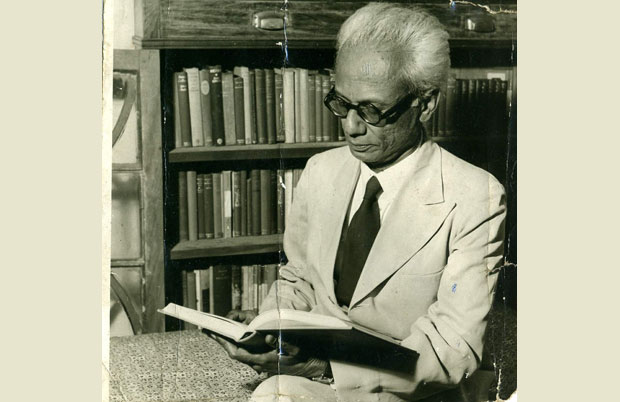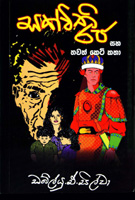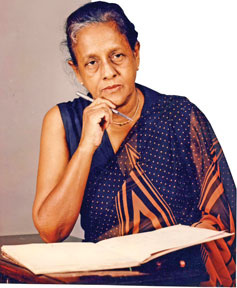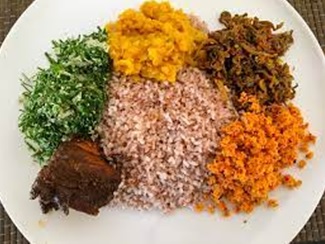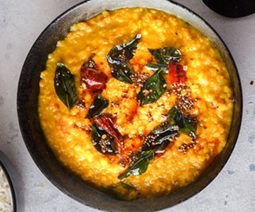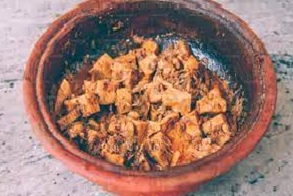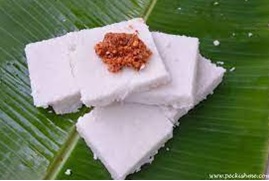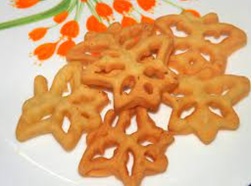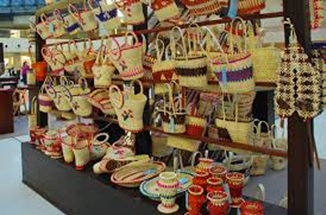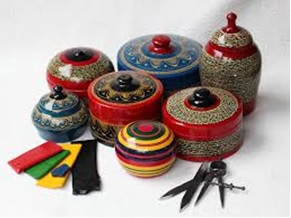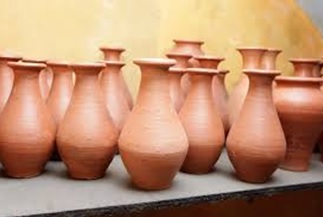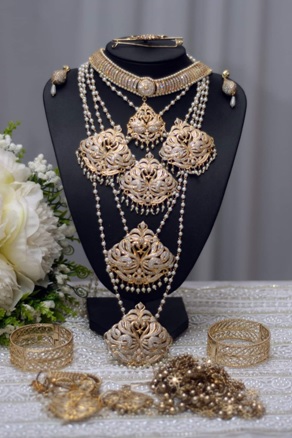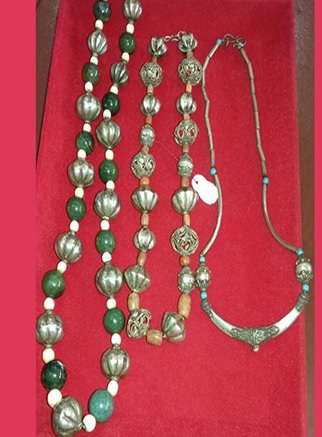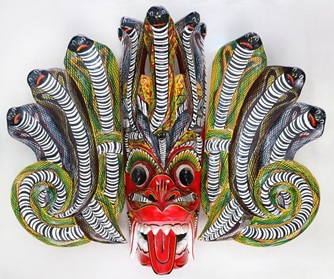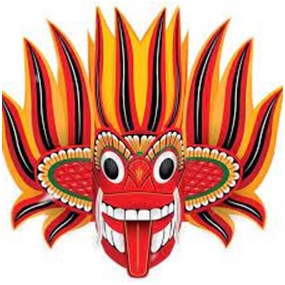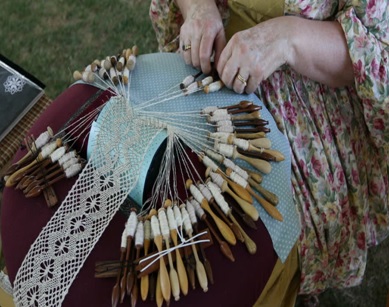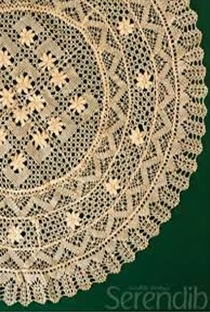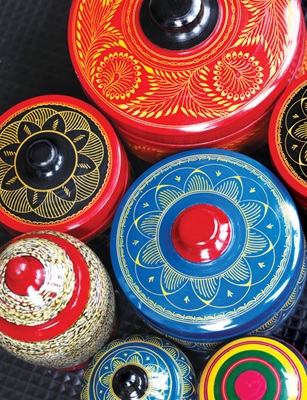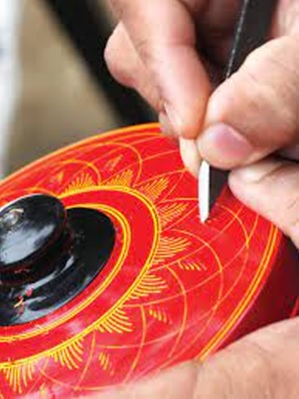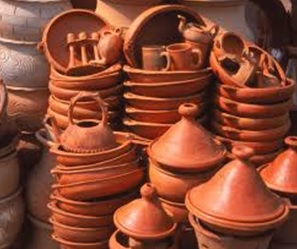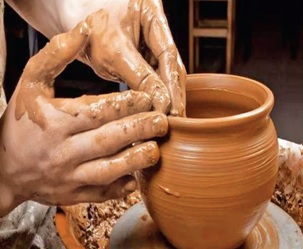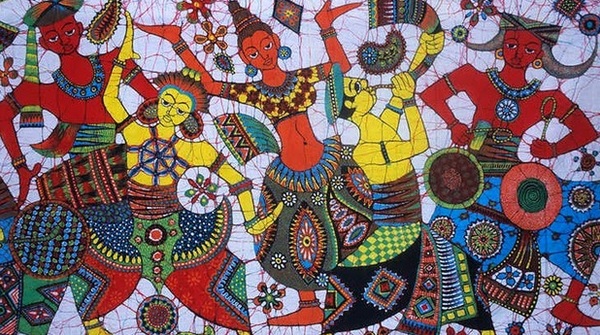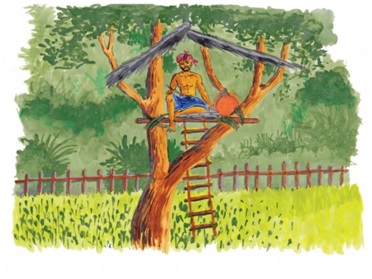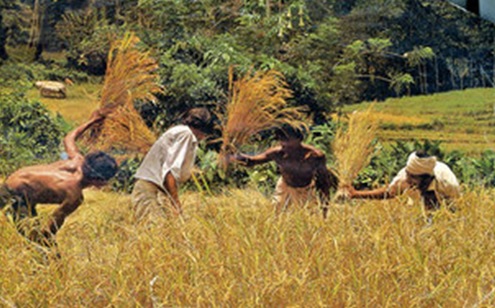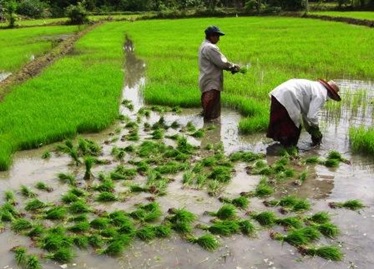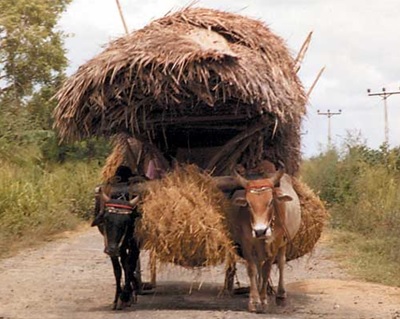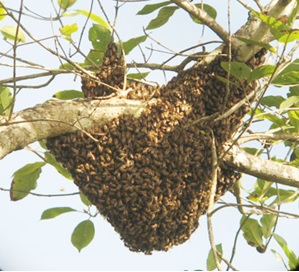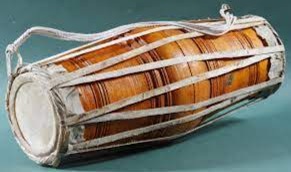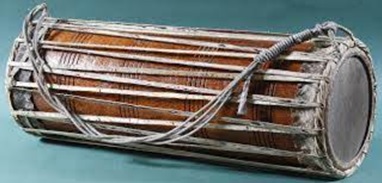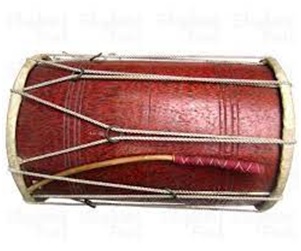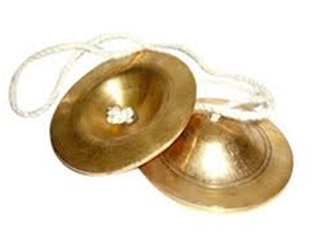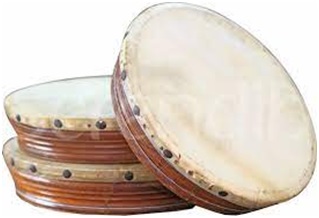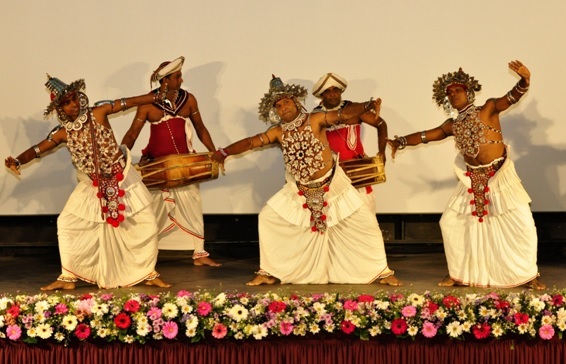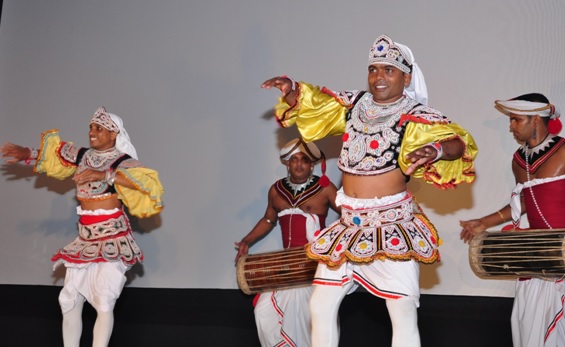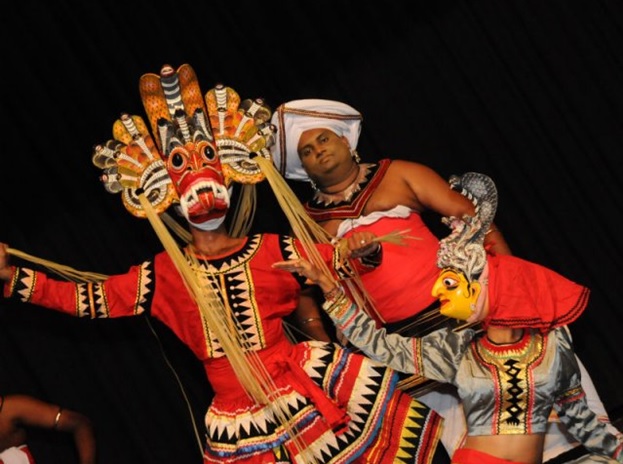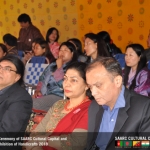Indus Valley civilization provides us with some of the first sculptures in the world today. In its ruins bronze and stone statues of all sizes have been found. The most famous of these are the statues of the dancing girl. See picture below.
A 4500 year old statuette of a Dancing Girl
Photo Source URL Link: http://indusvalleycivilization.webs.com
In the 1st and 2nd centuries BCE Buddhism became the dominate way of life in the area and with it came new style of sculptures. As the region of present day Afghanistan/ Pakistan lay at the cross-roads of various civilizations, new techniques and style brought by invading armies, and artist began to get synthesized with local know-how. Over centuries this resulted in the rise of the of Gandhara school, which lasted from the 6th century BCE to the 11th century CE in and around the Peshawar Valley. The most famous of the Gandhara statues is the statue of the Fasting Buddha, currently located at the Lahore museum. See Picture below.

Fasting Buddha
Photo Source: National Funds for Cultural Heritage Pakistan
Terra cotta clay and stone figures, as well as utilitarian and decorative works, have been found throughout the region and are part of Pakistan’s rich collection of antiquities.
Today, sculptural and installations include geometric sculptures in metal and wood. Sculptures are also influenced by forms taken from the Arabic script and the Quran. Pakistani sculptors use a variety of material including concrete, fiberglass, bronze and steel to create works ranging from small items to giant monuments.

Quest For Peace Series- Fiberglass by Rabia Zubedi
Photo Source: rabiazuberi.com
To read more about Sculptors in Pakistan please click here.
To visit the website of Sculptor Rabia Zubedi please click here.
To watch a video of Pakistan’s eminent sculptor Anjum Ayaz please click here.
Decorative Arts in Pakistan: Ceramics and glazed pottery are among the oldest art forms in Pakistan. Engraving intricate designs into the undercoating of the pottery and then glazing it with colored transparent glazes is one of the most popular techniques used. Decorative arts in Pakistan also includes metalwork, jewelry leatherwork and basketry.
For more details on the decorative arts tradition of Pakistan please click here.
